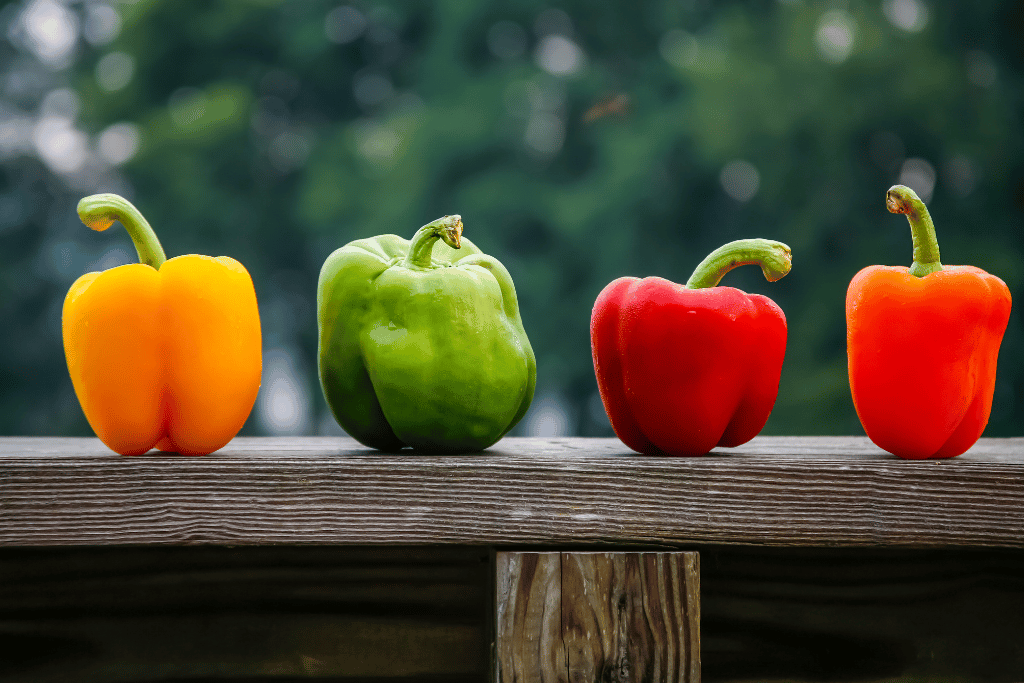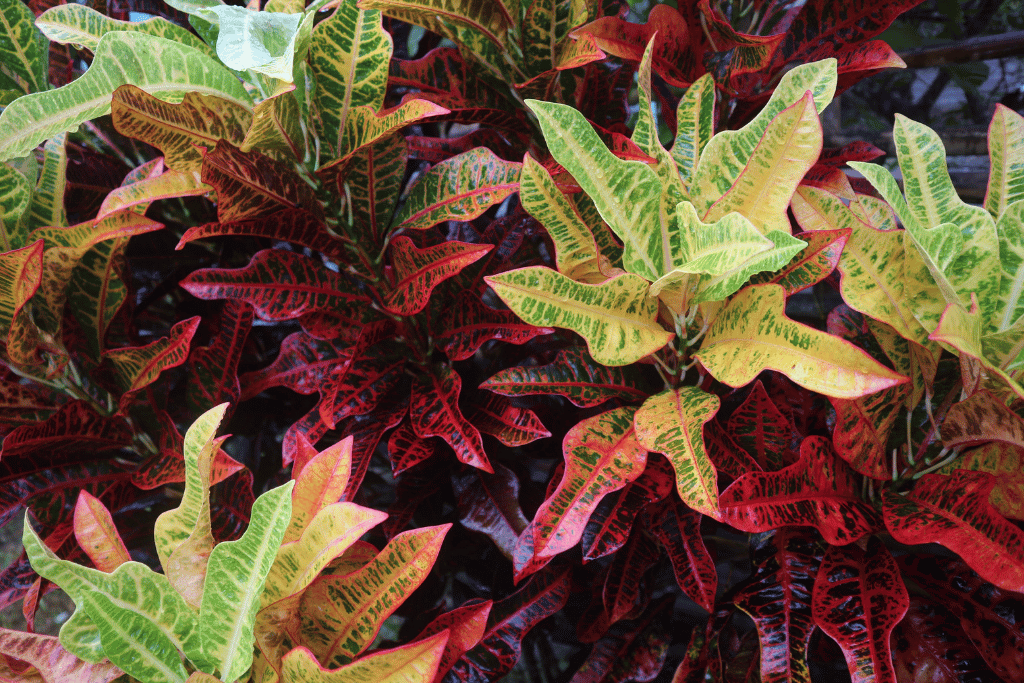
Imagine getting a lovely African violet plant that looked vibrant in the store. You get home, excited to have your beautiful new green friend as part of your decor, when you suddenly notice its leaves drooping down. Why are the leaves on my African violet drooping?
If this has happened to you – don’t worry, it happens often with African violets (Saintpaulia ionantha), and it’s usually a sign that you need to make some minor changes to your plant’s environment.
Let’s get into the details to understand the reasons behind African violet leaves drooping and learn how you can prevent it from happening.
Why are my African violet leaves drooping?
African violets are popular and beautiful houseplants, and unfortunately, they are susceptible to drooping leaves. The most common causes of African violet leaf drooping include:
Too much or not enough water
The question “Why are my African violet leaves drooping,” is a common one. Well, it often has a common answer.
An improper watering schedule is the most common cause of drooping African violet leaves. African violets should be kept moist but not soggy – if the soil stays too wet for too long, it will cause the leaves to droop and turn yellow. On the other hand, if the soil is allowed to dry out completely, it can also cause leaf drooping.
Not enough light
Wondering why are African violet leaves drooping?
They might not be receiving enough light.
African violets need bright, indirect sunlight for 6 to 8 hours per day to develop new leaves properly. If the plant does not receive enough light or receives too much direct sunlight, the leaves can droop and become pale.

Incorrect fertilizer ratio
Using the wrong kind of fertilizer – or using too much of it – can also cause African violet leaves to droop. When fertilizing your plant, use a balanced 10-10-10 fertilizer and always dilute it to one-quarter of the recommended strength.
Cold temperatures
African violet leaves turning brown and/or drooping can also be due to insufficient temperature.
They need warm temperatures between 65°F (18°C) and 80°F (27°C) in order to thrive. If the temperatures drop below or exceed this range, it can cause the leaves to droop and turn yellow.
African violet leaves drooping after repotting – the reason
It is common for African violets to droop after repotting. This is because the delicate root system of these plants may not be able to handle the sudden shock of being moved from one place to another, especially if it has been in a particular spot for some time. Additionally, insufficient water or over-watering can also cause the leaves to droop.
To prevent this from happening, it is vital to ensure that when repotting your African violets, you are as gentle as possible and give them plenty of time to adjust before watering them again.
Why are the bottom leaves of my African violet drooping?
African violet drooping bottom leaves can mean one thing – the plant is not getting enough water, especially to the bottom leaves. Fortunately, there are some easy solutions to this common problem.
The soil should be consistently moist, but not soggy. If the soil is too dry, gently water the plant until it is evenly damp throughout. You can also use a humidity tray or mist your African violet with distilled water. Additionally, if the soil isn’t draining quickly enough and is staying soggy, this could be causing the drooping leaves.
African violets are prized for their stunning blooms and elegant foliage. Unfortunately, the delicate beauty of this popular houseplant can be marred when its leaves start to droop. Fortunately, you can take a few simple steps to improve your African violet’s health and restore its beautiful appearance.
Identify the cause
The first step in caring for African violet drooping bottom leaves is identifying the cause. Some of the most common reasons include overwatering, underwatering, high humidity, or inadequate lighting. If you suspect that these are causing your African violets to wilt, take steps to remedy them immediately.
Are you overwatering?
If you think you may be overwatering your African violets, let the soil dry out between waterings. Water only when the top two inches of soil feel dry to the touch. To ensure your plants are getting enough moisture, you may want to consider using a humidity tray filled with gravel and water beneath the pots of your African violets.
Are you underwatering?
If you find you are underwatering your African violets, increase the amount of water you give them. Water your plants until the excess moisture drains out of the pot’s drainage hole at the bottom. To ensure they get enough water and not too much, use a soil moisture meter to check the moisture content of their soil before watering.
Is the humidity level high in your home?
If you’re having trouble with high humidity levels in your home, consider investing in a dehumidifier. This will help lower the moisture levels and ensure your African violets don’t suffer from drooping leaves due to too much humidity.
Is there inadequate lighting?
Lastly, if inadequate lighting is causing your African violets to droop, move them closer to a window with more natural light. If possible, you may also want to invest in some artificial lighting, such as grow lights or fluorescent bulbs. This will help your African violets get the light they need for healthy growth and vibrant colors and blooms.
Did we help you to discover why your African violet’s leaves are drooping? We hope so. If you are noticing this problem make sure to take preventive measures and fix your little plant as soon as possible!



